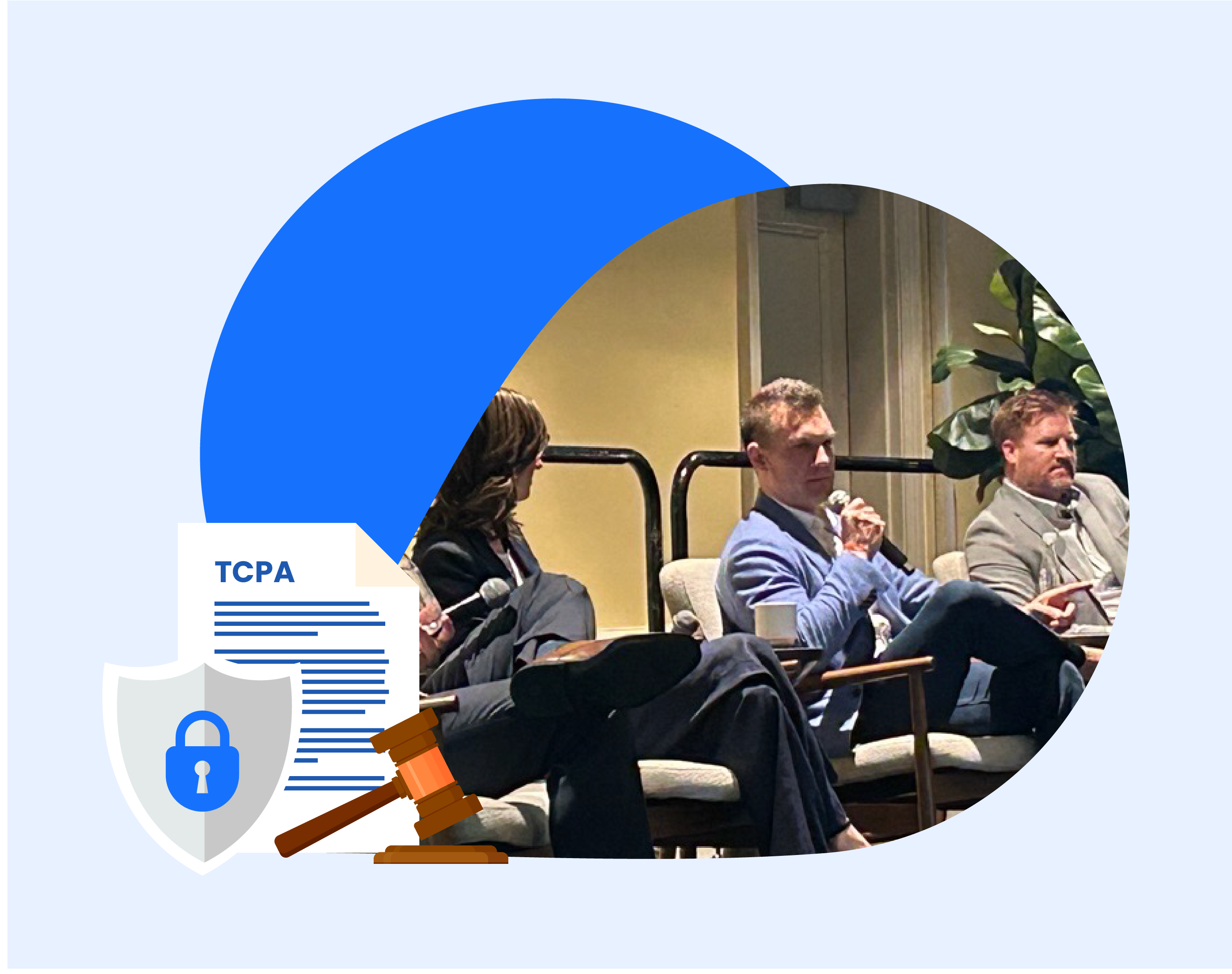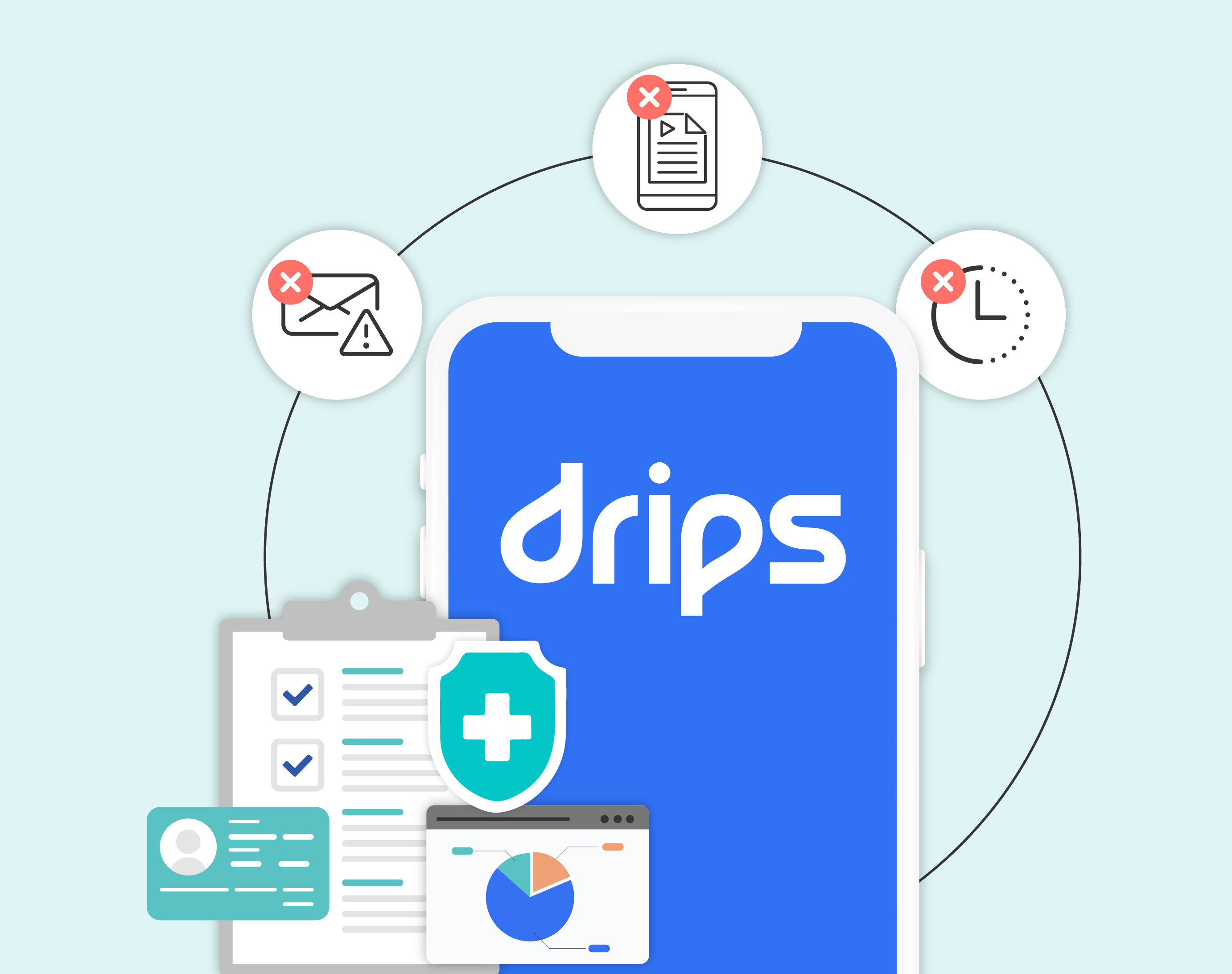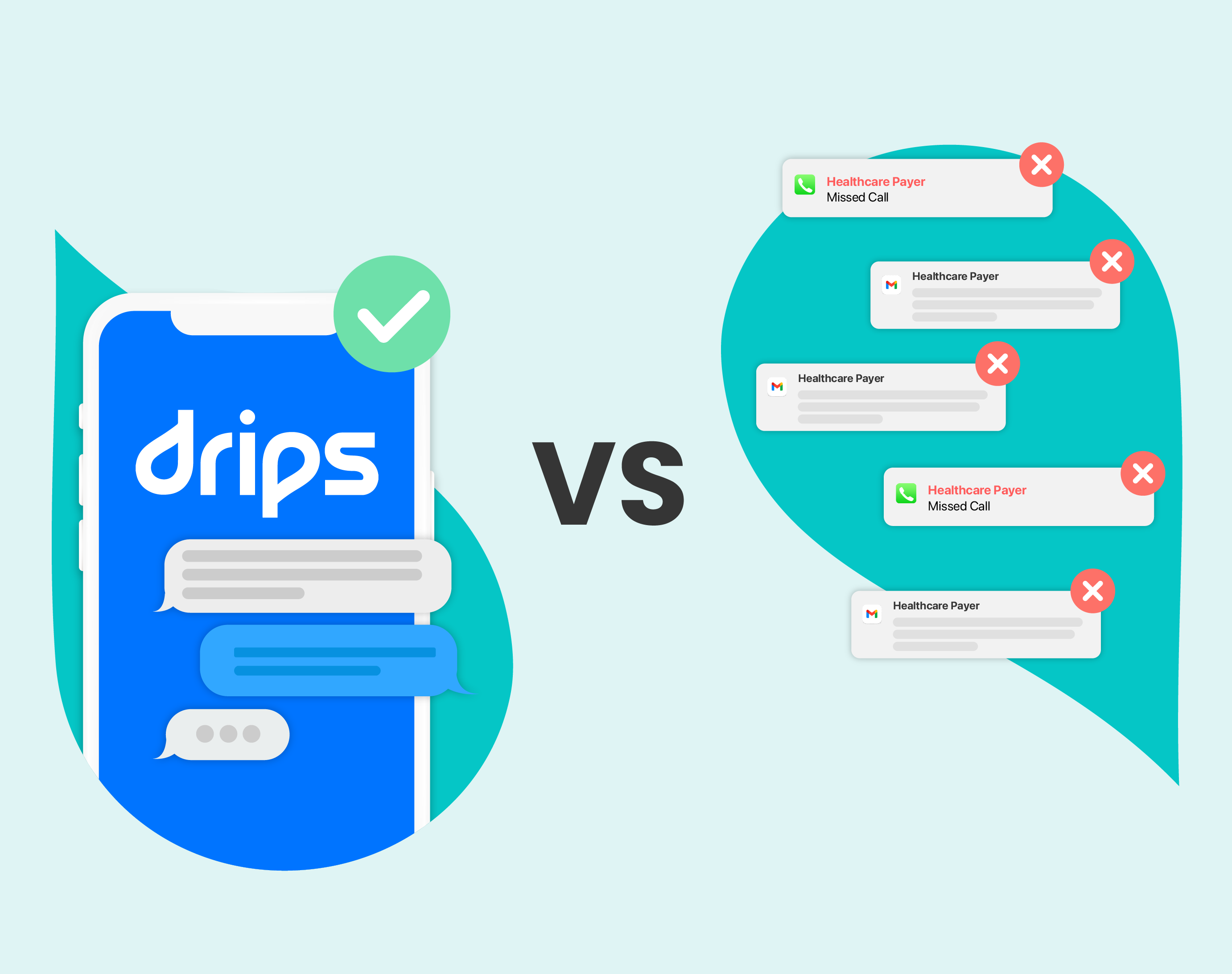Five Takeaways from the CompliancePoint Exchange TCPA Consent Revocation Panel
At the recent CompliancePoint Exchange conference, Drips was thrilled to participate in a panel of legal and compliance leaders gathered to discuss the evolving landscape of TCPA compliance. Drips CEO A.C. Evans joined Alex Krasovec, partner at Manatt, and Rob Tate, COO of PossibleNOW, to discuss the FCC’s upcoming consent revocation rules.
The session was packed with insights from both legal and technology perspectives, all aimed at helping businesses navigate the changes effectively.
Here are my top five takeaways from the session.
1. Any Reasonable Means Is the Standard
Consumers can revoke consent through any reasonable method, meaning businesses must be prepared to process opt-outs even when they are expressed in non-standard ways.
The key is that the FCC rules imply a human standard for what is reasonable. Would a real person interpret expletives, angry emojis, or natural language like “please no texts, thanks” as opt-outs? It seems likely. That means businesses need to be able to recognize all these methods and more.
2. Confirmatory Messages Can Reduce Global Opt-Out Rates
Rather than losing all contact with customers after a revocation, businesses can send a one-time confirmatory message allowing consumers to specify which types of messages they still want. For example, a customer may opt out of promotional texts but still want billing reminders.
Leveraging these confirmation messages is one way to preserve engagement with audiences while still respecting their preferences.
3. Consent Revocations Will Have Broader Impact
If consent is not clarified by the consumer, opt-out requests will apply across all regulated communication channels and campaigns. If a consumer revokes consent after receiving an informational alert, this will apply to all informational and marketing outreach under the new rules. In other words, there will potentially be an uptick in “global” opt-outs that stop all outreach.
4. Litigator Lists and Data Management Are Critical
With professional plaintiffs actively looking for TCPA violations, businesses should integrate known litigator suppression lists into their compliance strategies. Additionally, ensuring that all consent and opt-out data sync across all CRM and communication systems is crucial to avoid inadvertent violations.
5. AI Can Help Reduce Human Error
I know that AI-driven solutions like our NLP (natural language processing) model Disqualified by Drips are effective to recognize and process the expanded methods for TCPA opt-out requests.
But this session really drove home that handling opt-out requests manually will no longer be scalable for many businesses. Employing a team of agents to review texts for potential opt-outs is not only costly, but also error-prone.
Stay Ahead of the Changes
With these updates, businesses need to act now to avoid costly TCPA violations. For a deeper dive into these new rules and best practices, check out this infographic guide.
Adapting to these changes proactively will not only help you stay compliant but also create a smoother experience for your customers.








